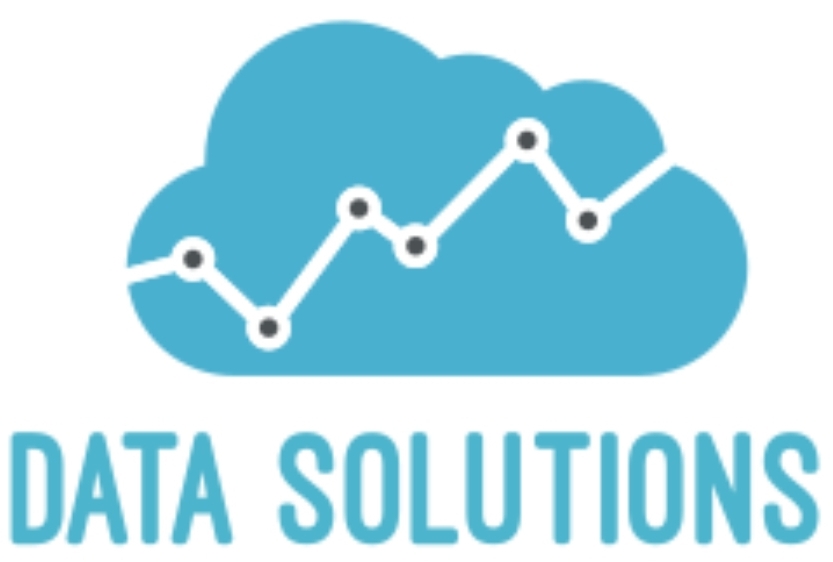Waterfall and Scrum are two different project management methodologies used in software development.
Waterfall is a linear and sequential approach to software development. It involves a series of phases, such as requirements gathering, design, development, testing, and deployment. Each phase is completed before the next one begins, and the project moves from one phase to the next in a linear fashion. Waterfall is often used in large, complex projects where the requirements are well-defined and the project scope is stable.
Scrum, on the other hand, is an iterative and incremental approach to software development. It involves short sprints, typically two to four weeks long, during which a small, cross-functional team works on a set of features or user stories. At the end of each sprint, the team delivers a potentially shippable increment of the software. Scrum is often used in projects where the requirements are not well-defined or are likely to change, and where the project scope is expected to evolve over time.
Here are some key differences between Waterfall and Scrum:
- 1. Approach:Waterfall is a linear and sequential approach, while Scrum is an iterative and incremental approach.
- 2. Planning: In Waterfall, planning is done upfront and the project scope is fixed. In Scrum, planning is done at the beginning of each sprint and the project scope is flexible.
- 3. Flexibility: Waterfall is less flexible and more rigid, while Scrum is more adaptable and flexible to changes in requirements.
- 4. Communication: Waterfall relies on detailed documentation and formal communication, while Scrum relies on face-to-face communication and collaboration.
- 5. Risk management: Waterfall includes risk management in each phase, while Scrum includes risk management throughout the project.
- Overall, Waterfall is best suited for projects with well-defined requirements and a fixed project scope, while Scrum is best suited for projects with evolving requirements and a flexible project scope.
